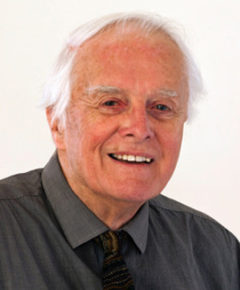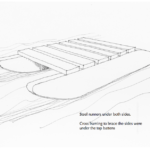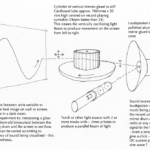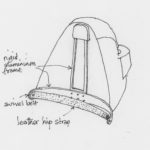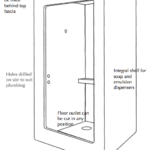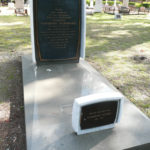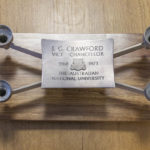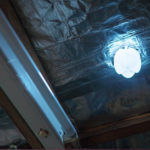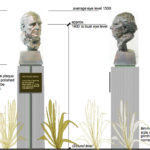From primitive sledges to cat-scratchers, Vice-Regal gravestones and nuclear accelerator towers – the range has indeed been broad, intriguing and challenging.
If nothing else, this does imply that the principles of design can apply to almost everything created by human beings – all the other things are, according HRH Prince Philip at a design seminar in London many years ago – created by God. I won’t buy into that argument here because I only have a few years of productive life left !
Being skilled in the application of design principles is not enough of course. The designer must know quite a lot more, eg – the knowledge of the materials he will very likely be working with, their characteristics under a variety of circumstances as well as the variety of techniques used to manipulate them toward the final use or appearance that the designer has in mind. Cost and time factors must also be borne in mind if real success is to be achieved and, not least, the human factors of unknown recipients who may see and use (or misuse) the finished product. Today, other factors have been imposed as aims – will the product be sustainable (a loose word which evades accurate definition but which the designer is meant to aim for); can it be recycled or re-used after an effective life?
My 6 years training as an architect stood me in good stead, instilling the principles of good design in me as well as an understanding of the qualities and sensitivities mentioned above.
As I have said on many occasions, designers are limited by the opportunities made available to them and I have been very fortunate as a designer and an architect to spend 20 years at the ANU which threw such a wide variety of design problems at me – and success has brought many other opportunities and given me many chances to learn new skills.
Resolving the new problems thrown up by the Crawford Prize were typical – eg, learning about the unusual techniques of laminating films with glass sheets to form an invisible layer in a block of separate layers (see 1977). The related technique of polishing the external faces without separations showing visibly at the dissimilar interfaces was an intermittent problem. It was overcome in the end by observation and correction but it required me to work alongside the technician – it was learning on the job – a form of design research and the acquisition of know-how so that mistakes can be avoided next time.
But that does raise the question as to the fine line that exists between knowing as a professional designer and learning on the job. I suppose it boils down to the realistic view that it is impossible for any one designer to know everything. Advances in our knowledge must surely require some risk-taking – but who takes the risk – the client ? the designer ? the community ? At one time I sent a request to the ANU Administration for a small research fund to be available to the Design Unit to enable more rigorous testing of new concepts but it was refused on the grounds that we were a service unit to the ANU and not a research school. That reply did not understand the nature of design and the inherent element of risk that was accepted by all of us in the daily performance of our duties. But it does not encourage the need for experimentation, only the continuance of the status quo.
The design policy we adopted was to experiment within reasonable limits, eg, our iterative extension of the unsupported spans of the fixed writing benches in SGS lecture theatres, based on the experience of the last successful model. It seemed to be safe but cautious research on the run – how else could we advance our knowledge. It saved money.
